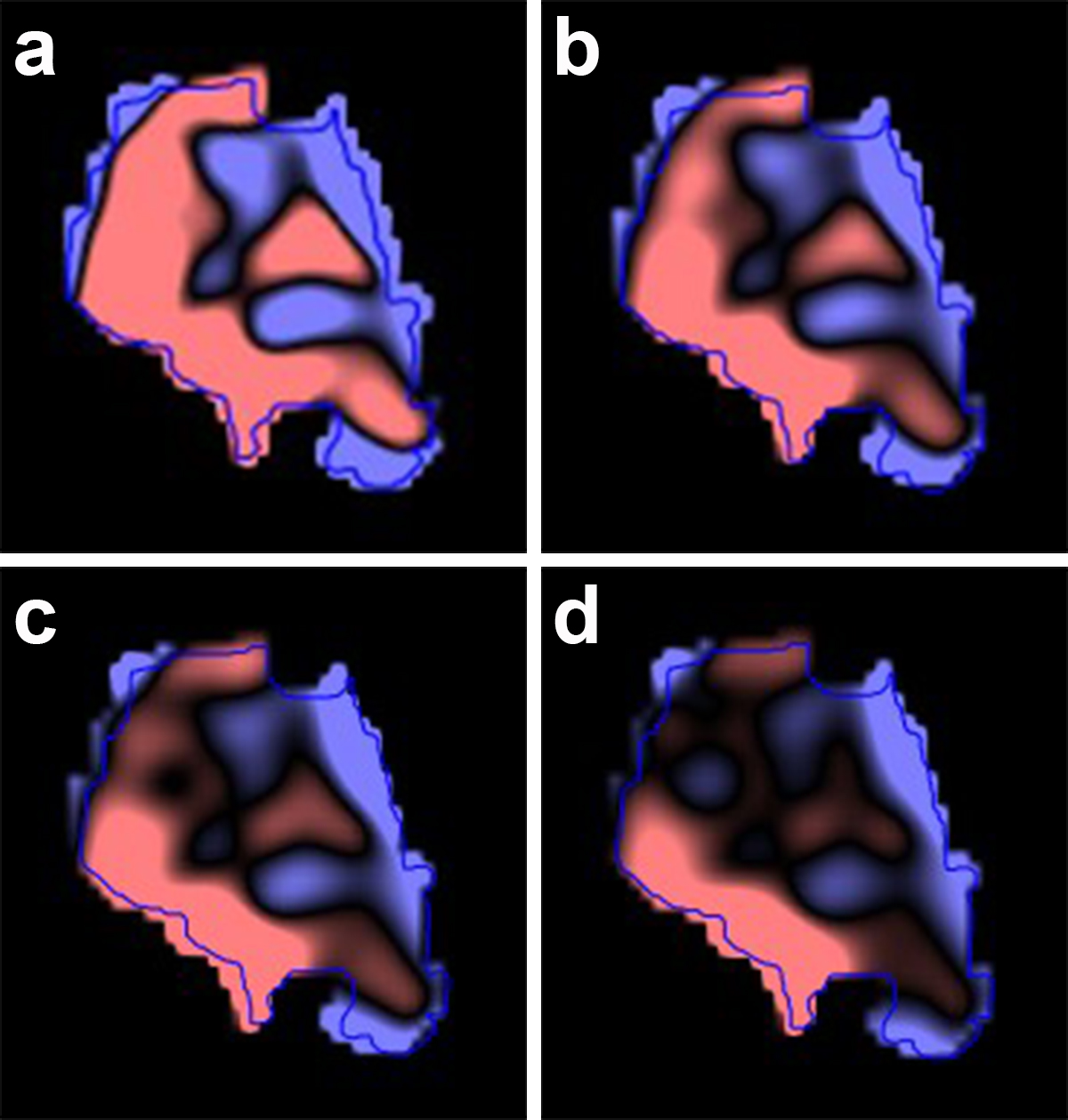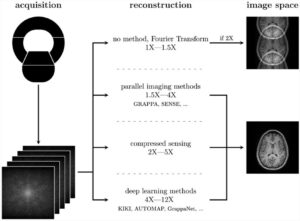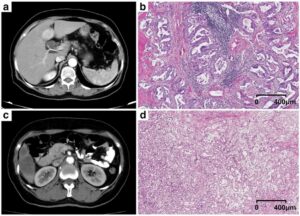In this article, we extracted “hand-crafted” radiomic features from dual-energy CT (DECT) virtual monochromatic images (VMIs) reconstructed at different energies and used machine learning to construct prediction models that use the radiomic features of head and neck squamous cell carcinoma (HNSCC) to predict associated nodal metastases. This proof of concept study demonstrated that (1) HNSCC radiomic features can predict associated nodal metastases, including potentially micro-metastases (i.e. positive N status), in otherwise radiologically normal nodes, and (2) model performance improved substantially when multi-energy radiomic features were used compared to models constructed using radiomic features extracted from 65 keV VMIs alone, typically considered similar to a single energy CT. The question addressed is particularly clinically relevant and meant to provide the basis for an artificial (or augmented) intelligence (AI) clinical assistant tool to complement expert radiologist assessments. If validated in larger studies, this has the potential to reduce unnecessary neck dissections in HNSCC patients. The next steps would be to use deep extracted features from tumors, lymph nodes, and other routinely available clinical information, to validate and, perhaps, further enhance model performance and bring this closer to an implementable AI clinical assistant tool. The other key observation is the significant advantage conferred by analysis of DECT data. There are currently multiple clinical applications of DECT, but enhanced radiomic and AI applications, and the ability to create more robust non-invasive biomarkers for precision oncology, could represent a new horizon for this technology, with potential applications far beyond the specific model investigated in this study.
Key points
- Texture features of HNSCC tumor are predictive of nodal status.
- Multi-energy texture analysis is superior to analysis of datasets at a single energy.
- Dual-energy CT texture analysis with machine learning can enhance noninvasive diagnostic tumor evaluation.
Authors: Reza Forghani, Avishek Chatterjee, Caroline Reinhold, Almudena Pérez-Lara, Griselda Romero-Sanchez, Yoshiko Ueno, Maryam Bayat, James W. M. Alexander, Lynda Kadi, Jeffrey Chankowsky, Jan Seuntjens, Behzad Forghani













